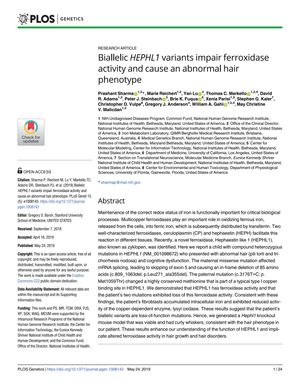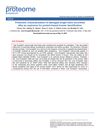Biallelic HEPHL1 Variants Impair Ferroxidase Activity and Cause an Abnormal Hair Phenotype
May 2019
in “
PLOS genetics
”

TLDR Mutations in the HEPHL1 gene cause abnormal hair and cognitive issues.
Researchers identified a child with compound heterozygous mutations in the HEPHL1 gene, presenting with abnormal hair and cognitive dysfunction. The maternal mutation caused an in-frame deletion of 85 amino acids, while the paternal mutation altered a conserved methionine in a copper binding site. These mutations led to a loss of HEPHL1's ferroxidase activity, resulting in intracellular iron accumulation and reduced lysyl oxidase activity in the patient's fibroblasts. A Hephl1 knockout mouse model exhibited similar hair abnormalities, supporting the role of HEPHL1 in hair growth and implicating its ferroxidase activity in hair disorders.


